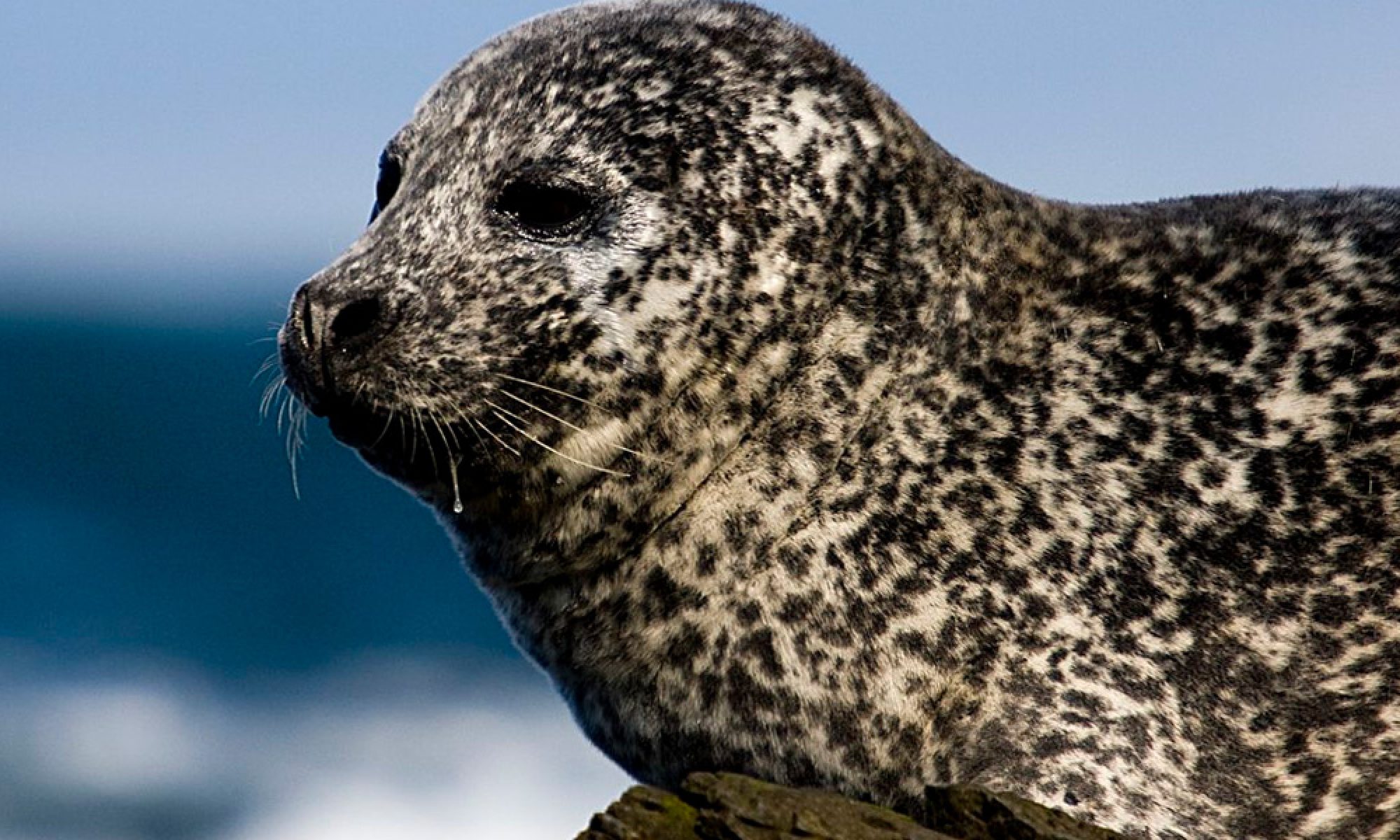The results of the 2014 Harbour Seal count have now been released.
About the Harbour Seal Count
Harbour seals (Phoca vitulina) were counted in some of the largest haul-out sites in Iceland between July and September 2014; in the West Iceland, the West fiords and the North West of Iceland. To compare different methods, the seals were counted from a Cessna aircraft and by using an unmanned aerial vehicle (UAV). Harbour seals on the shores of Vatnsnes were in addition counted once from a helicopter in co-operation with the icelandic coast guard. When comparing the counting methods, it is clear that both different methods works equally well to collect data, although flying a UAV can be considered as safer for the counting personal compared with counting from a Cessna aircraft. Further, using a UAV is more time consuming and consequentally the Cessna aircraft can cover a bigger area in a shorter time. Hence, over all, using the Cessna aircraft to count harbour seals in Icelandic condition can not be considered more expensive than by using a UAV.
Main Results
The results show that compared with counts from the same areas in 2011, the number of seals had decreased. In 2011, the icelandic harbour seal population was estimated to 11-12.000 seals in total. Despite decreasing harbour seal hunting in Iceland, the results from the present study indicate an annual decrease of around 30% during the period 2011 to 2014. It is important to underline that to find out the status of the harbour seal population as a whole, all haul-out sites should be counted and to get a significant result, each site should preferably be counted three times. This was however not possible in 2014, due to financial restrictions. Since there is an indication of a sever decrease in the harbour seal population in Iceland, it is of great importance to conduct a population count in 2015, when four years has passed since the last population estimate was carried out.
The project was funded by the Ministry of Industries and Innovation and is a cooperation between The Institute of Freshwater Fisheries, The Icelandic Seal Center, Vör Marine Research Center and Svarm ehf.

